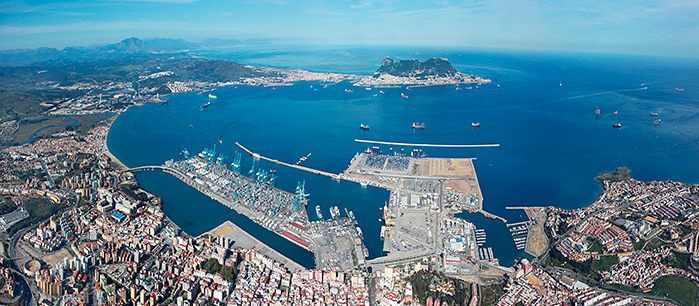The European Commission has signed a grant agreement with Spanish energy company Enagás and the Port Authority of Algeciras Bay, greenlighting the co-financing for construction of the first vessel to be fully dedicated to LNG bunkering at the Port of Algeciras.
The initiative, coordinated by Enagás, is framed within the LNGhive2 strategy, led by the Spanish Ports Authority, and the EU programme that contributes to the implementation of the Trans-European Transport Network, Connecting Europe Facility (CEF 2019 call for proposals).
Under the project, EU will provide funding for 20% of its execution, approximately 11 million euros. The aim is to support the development of the market for LNG as a sustainable marine fuel, in line with the EU Directive 2014/94/EU on Alternative Fuels Infrastructure.
The project foresees construction of a bunkering barge with capacity to store 12,500 m3 of LNG, which will enter into service in 2023. Once in operation, the vessel will be loaded with LNG at the Enagás terminal in Huelva and will then either supply it directly to end consumers or transfer it to smaller barges for subsequent supply of smaller vessels berthed in the port of Algeciras.
In 2012, the Port of Algeciras provided the first LNG bunkering service in Spain using a tanker truck, a service known as truck-to-ship (TtS) LNG bunkering. In 2020, seven TtS LNG bunkering operations have been performed in Algeciras, a 300% more LNG has been supplied to ships than in all of 2019. Once operational, this new vessel will allow ship-to-ship (StS) LNG bunkering at the Port of Algeciras.
The long-term goal of this project is to consolidate Spain and the Port of Algeciras, which is the busiest port in Spain, as the European leader in LNG bunkering in the Strait of Gibraltar. Up to November 2020, LNG bunkering operations in Spain increased fourfold compared to the same period the previous year, while they tripled during 2019.






























































